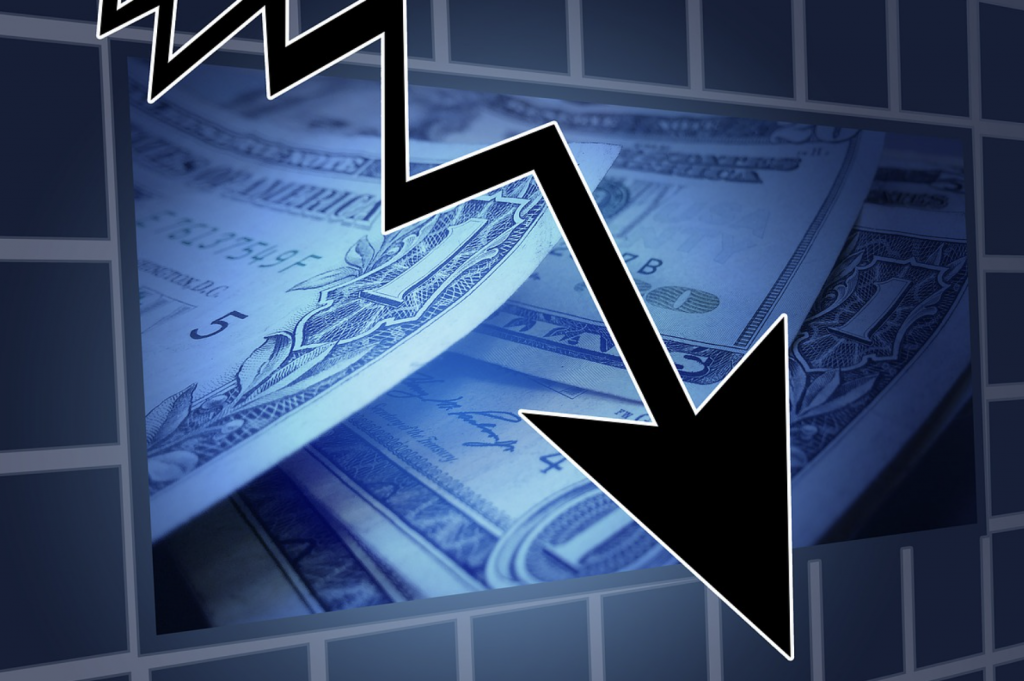Inflation Is Finally Moving In The Right Direction, Will It Last?
Overall, inflation prices seem to be on a consistent downward track, but prices in some consumer markets still remain in flux.
This article is more than 2 years old

According to the Bureau of Labor Statistics (BLS), annual inflation dropped in the United States again in March. This marks the ninth month in a row that the number has trended down. While any decline is welcome after last summer’s record-high levels of inflation, the pace has been slower than anticipated.
Annual inflation is measured by the Consumer Price Index or CPI. The BLS defines the CPI as “a weighted average of prices for a basket of goods and services representative of aggregate U.S. consumer spending.” The “basket of goods” is a huge one, filled with data gathered from about 23,000 retail and service outlets in 75 urban areas.
According to CNN Business, prices rose 5 percent for the 12 months that ended in March. That figure was down 6 percent from February—the smallest 12-month increase since May 2021. As for CPI, its monthly figure rose 0.1 percent from February, down from its previous increase of 0.4 percent.
The largest contributor to the monthly gain was shelter costs, according to the BLS, with hotel prices jumping 2.7 percent and rents notching up another 0.5 percent. There were also sharp declines across the measured energy categories. Market Watch reported that there was a 5 percent decline in seasonally adjusted gasoline prices.
However, gas prices have risen again. According to Forbes Advisor, today’s average price of gas in the US is $3.58 per gallon, up $0.3 from yesterday, $0.8 from last week, and $0.16 from last month. The rise is being attributed to OPEC announcing last week that it would cut production. That will likely lead to a reversal of that decline in April’s inflation report.
Consumers should notice slightly lower prices at the grocery store. For the first time since September 2020, grocery prices fell on a monthly basis. The food at-home index dropped 0.3 percent for the month.
Lower grocery prices were helped by a nearly 11 percent drop in egg prices. They are expected to continue to become more affordable as last year’s bird flu-related cost increase continues to improve. The cost of fruits and vegetables also showed a moderate decline, dropping 1.3 percent for the month.
The prices of used vehicles also fell, for the fifth month in a row. Overall, the March CPI shows that the cost of goods has measurably cooled. And although the cost of medical care fell, service prices for travel and recreation rose, reflecting a higher cost of labor.
“The Fed will take some comfort from calmer headline inflation,” said BMO Capital Markets senior economist Sal Guatieri. “But services inflation remains stubbornly high, largely due to the tight labor market. Another 25 basis point rate hike seems likely on May 3.”
The Federal Reserve has been working for a year to battle inflation via interest rate hikes and monetary tightening. But the collapse of two regional US banks in March caused turmoil in the financial industry. The Fed, the Treasury Department, and the Federal Deposit Insurance Corporation came together to support depositors and guard against future runs on banks.
Resilient consumer spending has continued to fuel positive economic conditions. Still, analysts are concerned that the bank instability will result in credit tightening, which would lead to more uncertainty about a future recession. “The CPI is backwards looking and the Fed still has to consider how much of a credit crunch to factor into the economy,” Gina Bolvin, president of Bolvin Wealth Management, said in a statement.





